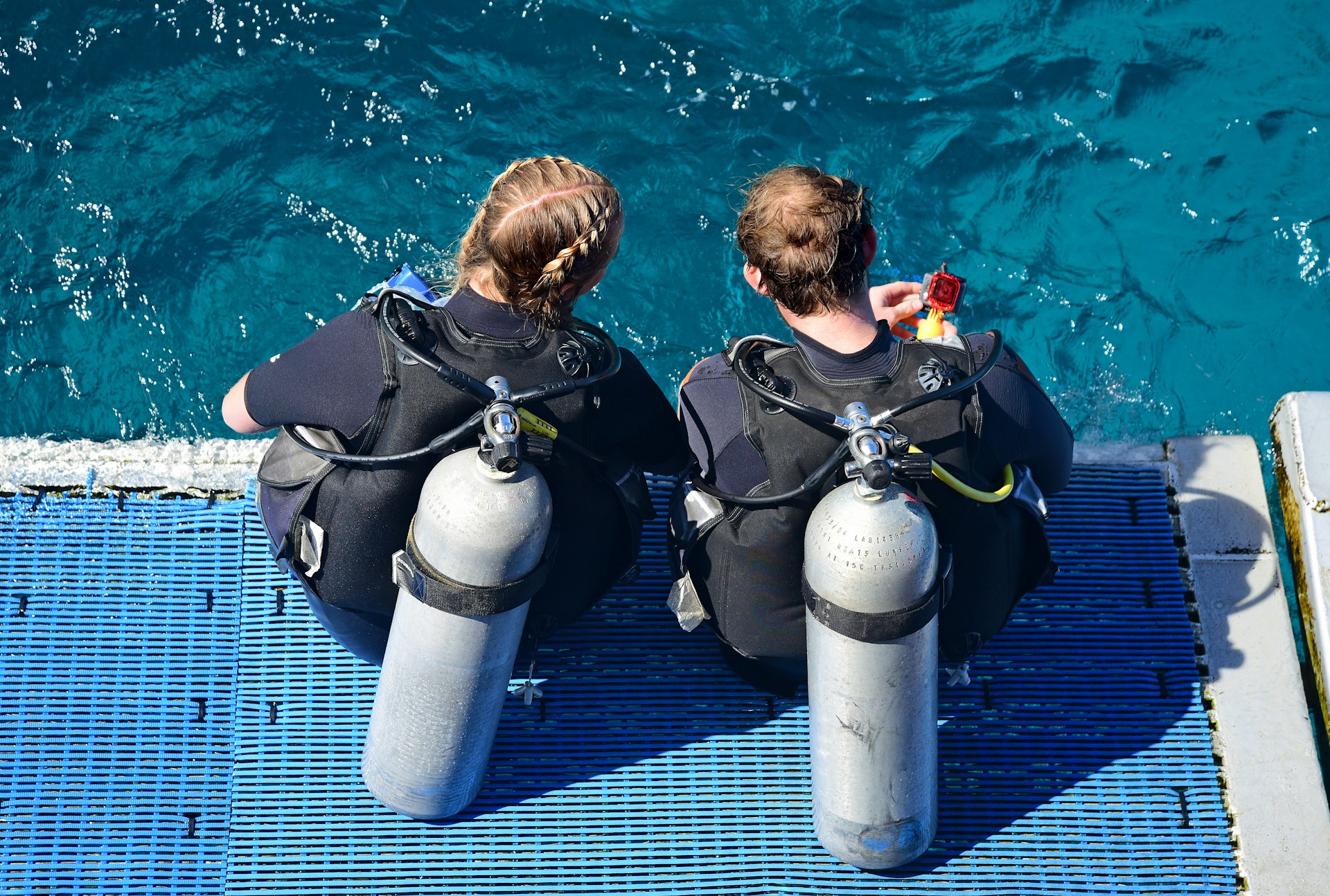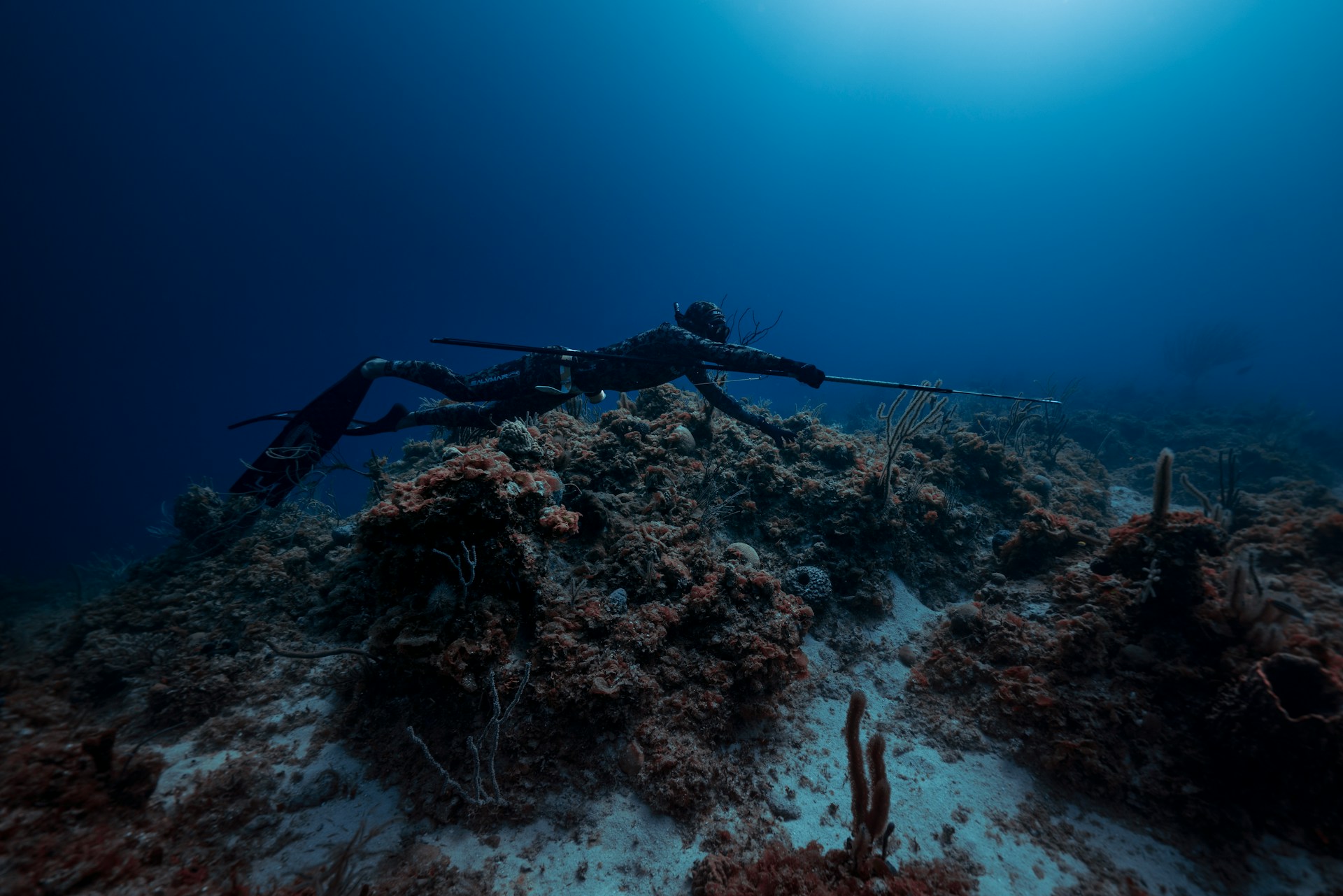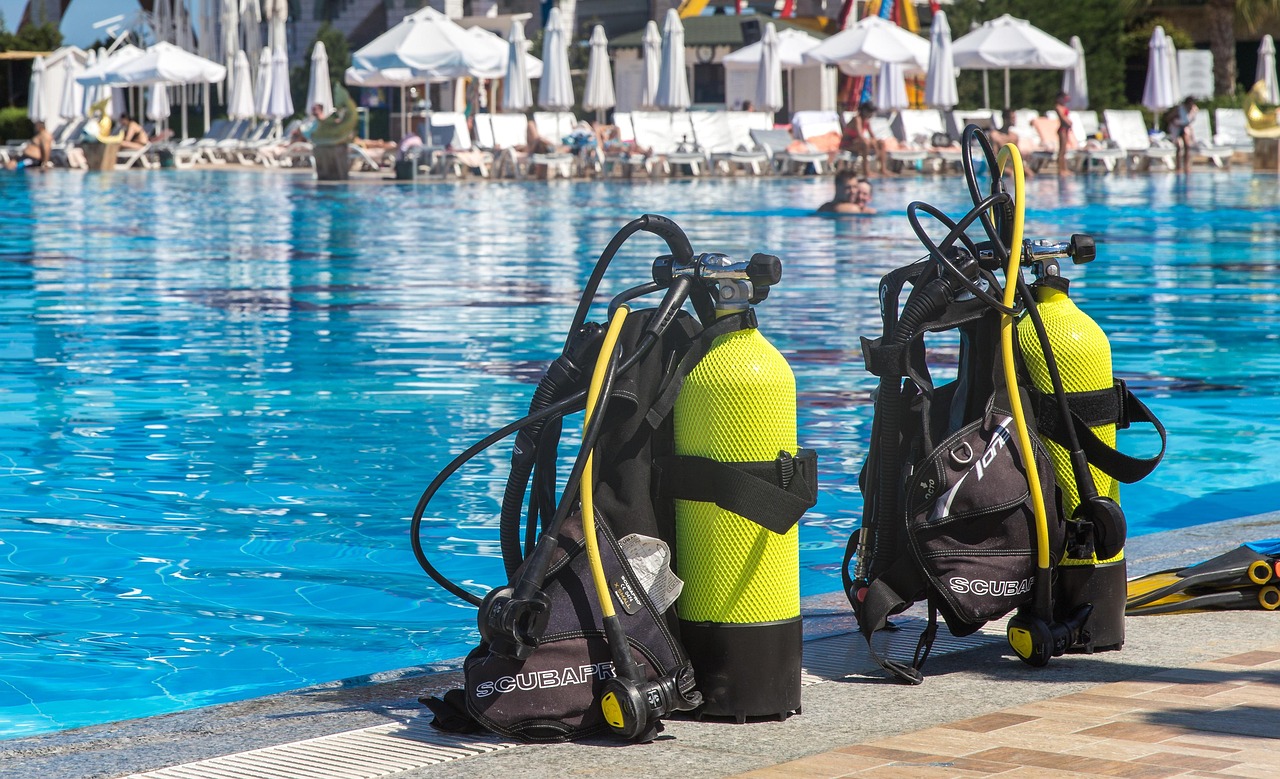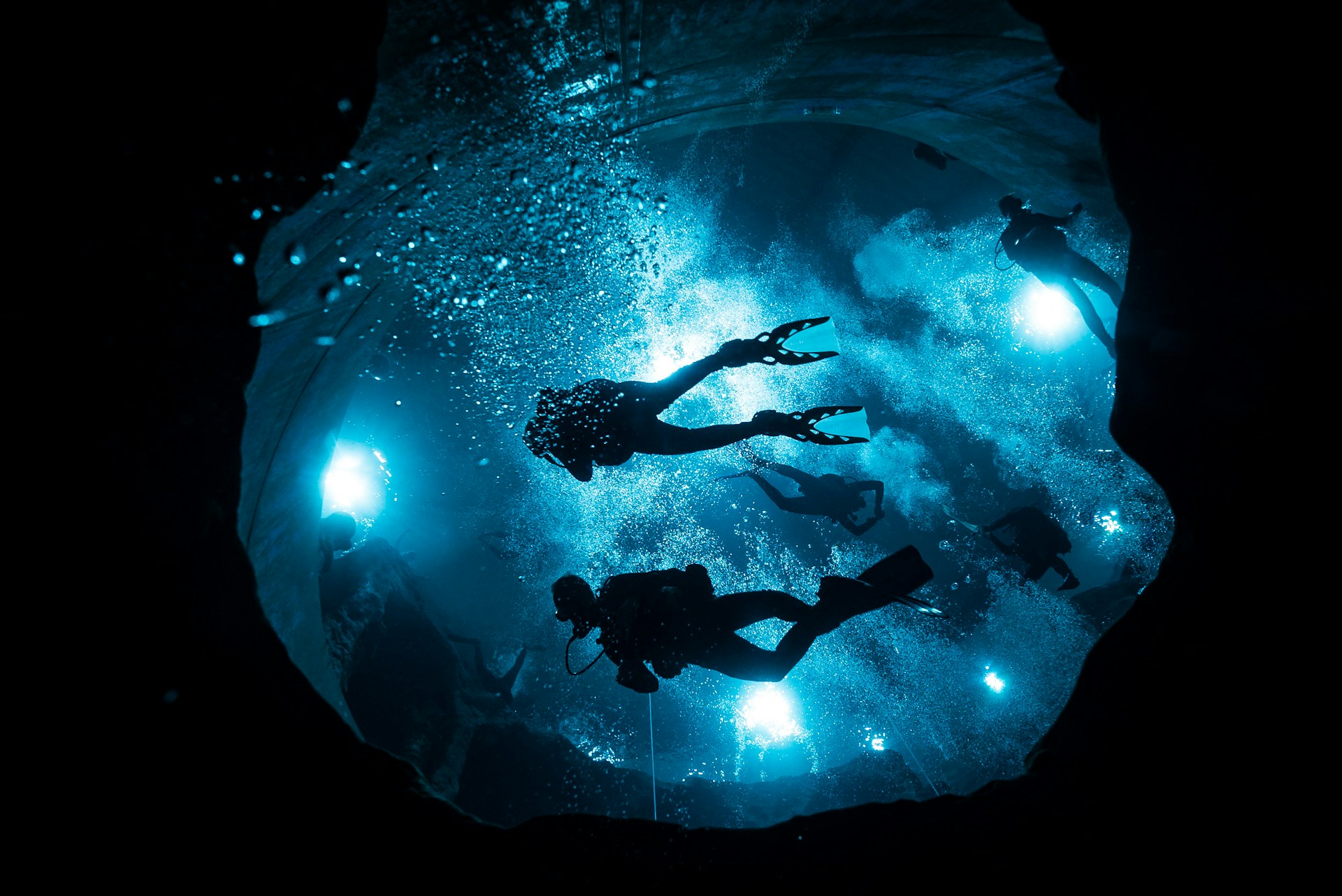Tragedy in the Depths: The Implosion of OceanGate’s Titan
In June 2023, a small submersible known as the Titan tragically imploded during a dive to explore the Titanic wreck, located nearly 3,800 meters below the surface off the coast of Newfoundland. The incident claimed the lives of all five people on board—three billionaires, a renowned French scientist, and Stockton Rush, the CEO of OceanGate, the company behind the sub.
The Titan’s remains were recovered ten days later, confirming what many had feared. The dive, which was supposed to be a groundbreaking moment in private deep-sea tourism, turned into a fatal catastrophe just 90 minutes after submersion.
Unanswered Questions and Media Silence
Directed by Mark Monroe, the Netflix documentary “Titan: The OceanGate Tragedy” offers an in-depth look into the events leading up to the disaster. It begins by examining the media coverage that initially treated the incident as a suspense-filled rescue operation. News outlets broadcast a ticking clock, counting down the presumed 96 hours of oxygen left onboard, turning the crisis into a spectacle.
Yet despite the intense focus, mainstream media largely ignored a critical question: what actually caused the submersible to implode?
Stockton Rush and the Warnings Ignored
The film traces the roots of the disaster back nearly two decades, placing much of the responsibility on Stockton Rush. The documentary portrays him as a reckless visionary—likened to Elon Musk or Jeff Bezos—who ignored warnings, dismissed safety protocols, and fired staff who raised concerns about the sub’s structural flaws.
Former OceanGate employees speak on camera about the toxic atmosphere inside the company. Engineers and consultants repeatedly flagged technical failures, and even major partners like Boeing eventually withdrew from the project. Internal memos, recordings, and archival footage back up these claims, painting a picture of a company driven more by ambition than safety.
The documentary goes beyond simply recounting the event—it reveals how unchecked ego and ambition can override reason, turning innovation into tragedy.
A Different Kind of Dive: The San José Discovery
While the Titan story is one of loss, the second deep-sea tale offers a window into historical discovery. In 2025, researchers exploring the ocean floor off the coast of Cartagena, Colombia, uncovered what might be one of the richest underwater archaeological finds in history.
At around 600 meters deep, they discovered dozens of irregularly shaped gold coins and early 18th-century colonial artifacts. The findings were analyzed under the direction of Daniela Vargas Ariza from the Almirante Padilla Naval Academy and Colombia’s Institute of Anthropology and History. Their study, published in Antiquity journal, points toward a long-sought answer: the identification of the Spanish galleon San José.
The San José: A Ship of Legend
The San José was the flagship of Spain’s treasure fleet, tasked with transporting immense wealth from the Americas back to Europe. On June 8, 1708, during the War of Spanish Succession, it was attacked by a British squadron near Cartagena. A direct hit to its gunpowder stores caused a massive explosion, sinking the ship and taking down nearly 600 crew members—along with tons of gold, silver, and precious gems.
Since then, the shipwreck has remained the stuff of legend, often called the “El Dorado of the Seas.” Although Colombia first announced the possible discovery of the wreck in 2015, legal disputes and lack of evidence left the ship’s identity uncertain.
Now, with the latest research confirming the characteristics of the coins and matching them to historical records, the long-lost San José may finally have been found. The implications are enormous—not just archaeologically, but politically and economically as well, as debates continue over rightful ownership of the treasure.
From Hubris to Heritage
Together, these two stories reflect the vast spectrum of human ambition under the sea. On one side, a cautionary tale of arrogance and the cost of ignoring expert warnings. On the other, a testament to patience, science, and the enduring value of historical exploration. Whether uncovering tragedy or treasure, the ocean continues to test our limits—and our judgment.



